An exquisite water sport combining windsurfing, kitesurfing, and paddleboarding is wing surfing, sometimes called wing foiling. Gliding across the water on a board involves utilising a portable wing to capture the force of the wind.
While it's an exhilarating activity, wing surfing also comes with risks. This blog post will discuss some essential safety tips that every wing surfer should know.
-
Wear the right gear
The first and foremost safety measure in wing surfing is to wear the right gear. A proper wetsuit, helmet, life jacket, and booties are essential to protect yourself from the elements and potential accidents. Ensure your gear fits properly and is appropriate for the conditions you will be surfing in.
-
Check the weather conditions
Before you hit the water, it's important to check the weather conditions. Strong winds, rough seas, or lightning can pose a significant risk to your safety. Avoid surfing in adverse conditions, and always be aware of changing weather patterns.
-
Start with the basics
Wing surfing can be challenging, and starting with the basics is essential before attempting any advanced moves. Learn how to control your kite and board before moving on to tricks and jumps. Take lessons from an experienced instructor who can teach you the proper technique and safety measures.
-
Know your limits
It's crucial to know your limits in wing surfing. Avoid attempting any tricks or jumps that are beyond your skill level. Pushing yourself too hard can result in injuries, so taking it slow and steady is better.
-
Be aware of your surroundings
Wing foiling can be a dangerous sport, especially when you're in crowded areas. Always be aware of your surroundings and other surfers in the water. Give them enough space and avoid collisions.
-
Avoid offshore winds
Offshore winds can be dangerous for wing surfers, as they can quickly blow you out to sea. Stick to onshore or side-onshore winds, and always monitor the wind direction.
-
Respect the rules
Different beaches and waterways may have different rules and regulations for wing surfers. Follow these rules, such as restricted areas or speed limits. Respect other beach-goers and wildlife, and avoid disturbing the natural environment.
-
Have a safety plan
Before you go out for a wing surfing session, ensure you have a safety plan. Let someone know where you will be surfing and how long you will be out. Always carry a whistle or signalling device in case of an emergency. Familiarise yourself with the local emergency services and their contact information.
-
Stay hydrated
Wing surfing can be an exhausting activity, and it is essential to stay hydrated. Bring plenty of water with you and take breaks when needed. Dehydration can lead to fatigue and affect your performance, so drink enough water.
-
Stay calm
In case of an accident or emergency, it's essential to stay calm and focused. Panic can make the situation worse and put yourself and others in danger. Remember your safety training and follow your safety plan.
In conclusion, wing surfing is a fun and exciting water sport requiring high skill and safety awareness. The ten safety tips these blog outlines are essential for every wing surfer to know and follow.
Looking to buy the best gear for wing foiling or any other water sport? Kiteline, a US brand, is the perfect choice for you who currently have swimming sports gear & wing foils for sale. The brand focuses on consumer safety and designs all the apparel accordingly. Remember, safety should always come first in any water sport!

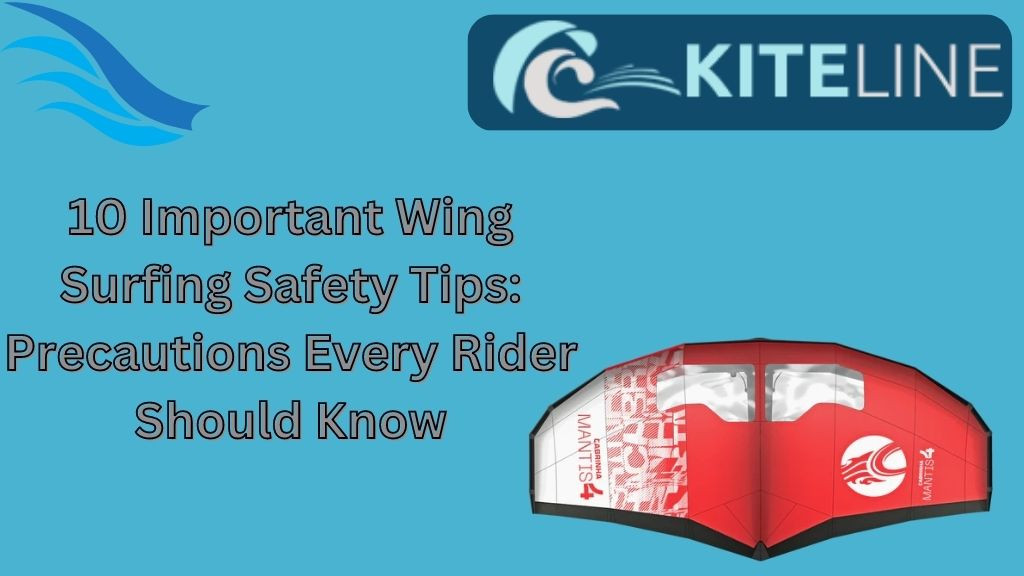


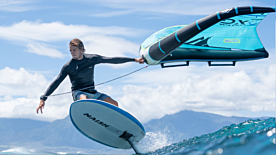
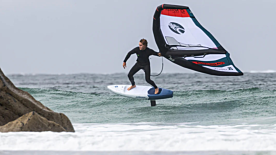
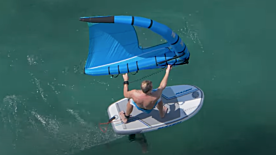
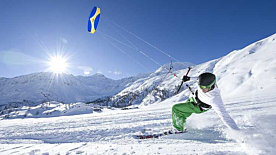
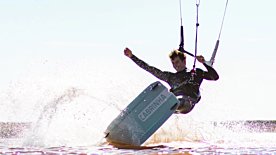
Validate your login